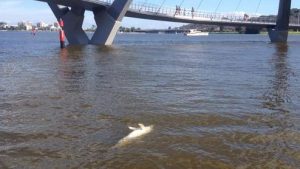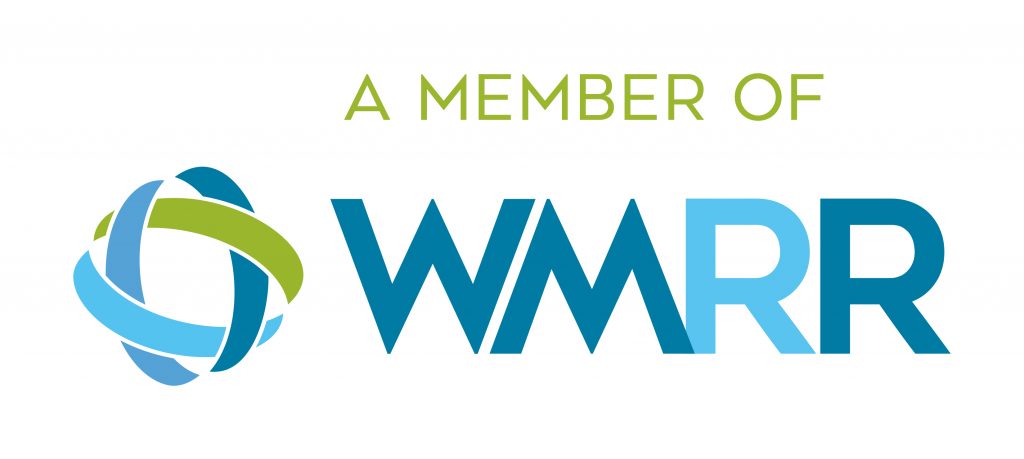Toxic Pollutants Found in Dead Swan River Dolphins
April 06, 2017Controversy sparked after the Environment Protection Agency (EPA) discovered 40 dead bottlenose dolphins were riddled with toxic pollutants.
The pollutants in question, perfluorinated compounds (PFCs), have been linked to cancer and are restricted in most countries, and across several Australian states.
This finding came mere days after the ex Premier Colin Barnett declared the Swan River was in good health.
The documents that have now been brought to the public’s attention also reveal Perth’s aquifers, which supply more than half of the city with drinking water, may also be contaminated with PFCs, a fact that the Premier has been aware of since June last year.
PFCs are man-made compounds that have been used in manufacturing for several decades. They’re commonly found in fire extinguishers and non-stick cookware because of their resistance to heat, water and oil, and don’t degrade naturally in the environment.
The long-lived compounds have been banned or restricted across a number of countries and states amid fears they contain carcinogenic properties.
Tissue samples of the dead dolphins were sent to South Australia last year after an official inquiry was launched to investigate the high-rate of dolphin deaths in the state.
Information that has now come to light shows dolphins from the Swan River had the highest level of PFCs in their system than any other in the country – 100 times higher than dolphins from Bunbury.
It’s thought that the chemicals have found their way into the Swan River through a drain near Perth’s airport that drains into the Swan River and also from Pearce Airbase.
PFCs can be absorbed by marine life through general environmental exposure and also through the consumption of fish.
So far, the EPA is yet to find any detrimental effects of the PFCs on the dolphins, and further research is required to understand the impact the chemical compounds have on both marine life and humans who consume fish from the area.
Despite inconclusive findings, regulators from the US believe the weight of evidence supports the conclusion the chemicals are a hazard. In Australia, the EPA advises for the use of these chemicals to be limited to “essential use” only, as further studies are conducted into the potentially hazardous substance.
Let’s hope the state’s new government will act decisively and take steps to ensure that all is being done to prevent further contamination of our waterways and preserve the wildlife and natural environment that West Australians love and enjoy.
Archives
- January 2023
- March 2022
- December 2021
- October 2021
- September 2021
- June 2021
- February 2020
- November 2019
- October 2019
- June 2019
- April 2019
- March 2019
- January 2019
- July 2018
- May 2018
- October 2017
- August 2017
- July 2017
- May 2017
- April 2017
- March 2017
- February 2017
- October 2016
- September 2016
- August 2016
- June 2016
- April 2016
- February 2016
- October 2015
- September 2015
- July 2015
- May 2015
- April 2015
- March 2015


